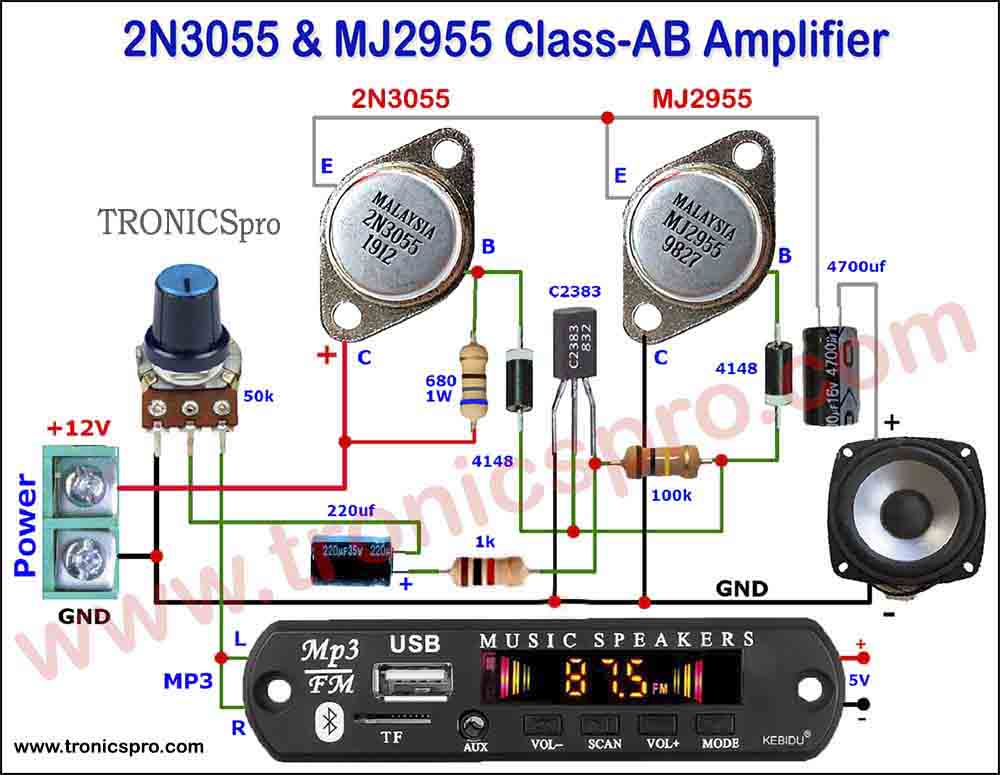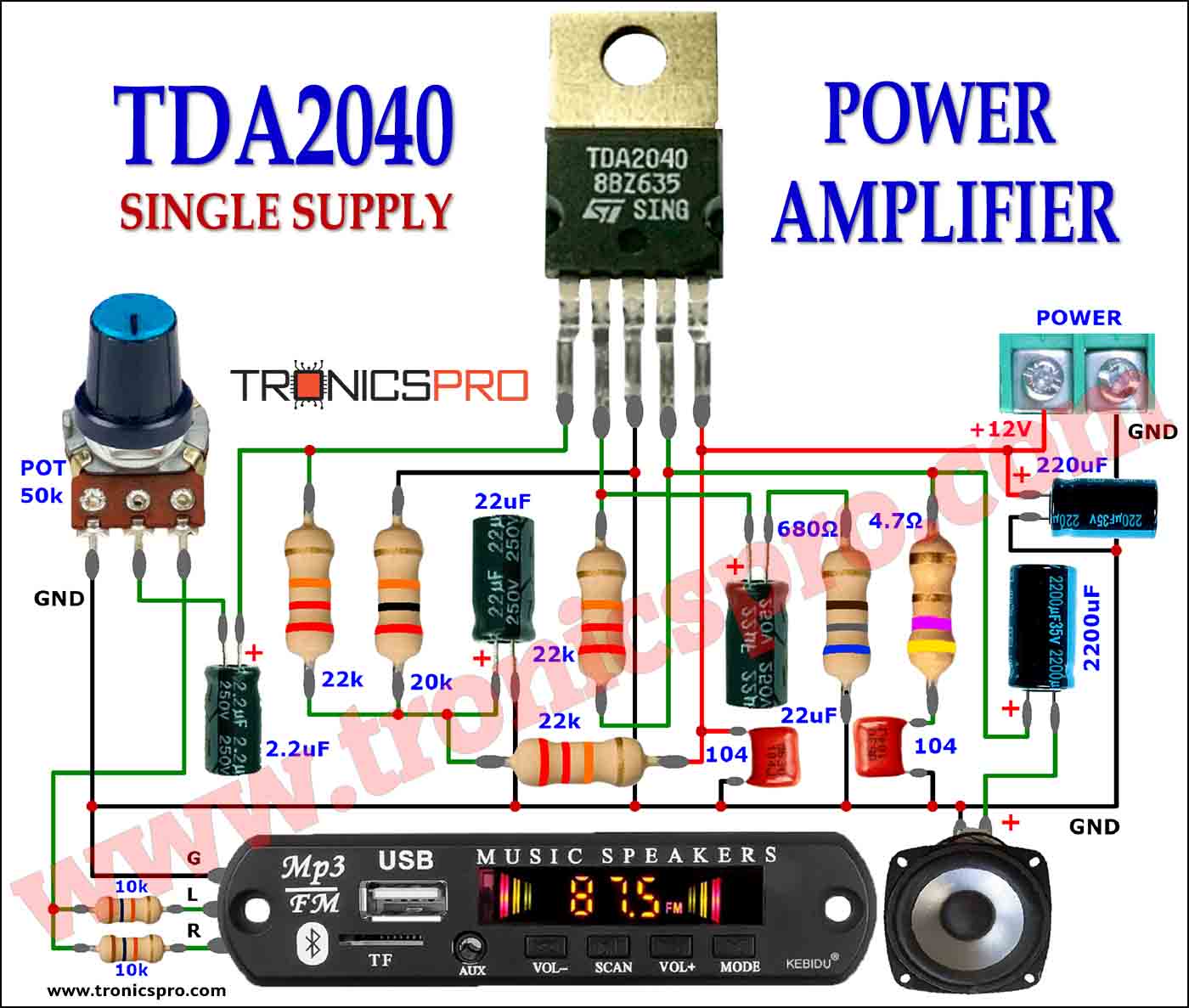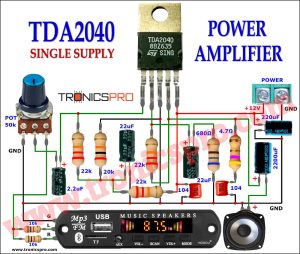Introduction
This Digital Audio Input Selector circuit looks pretty nifty! It seems to be a good choice if you’re looking for an audio-switching system with plenty of connection options. The two-channel operation allows you to manage multiple input sources, while the integrated switch and LED indicator ensure hassle-free switching between them. All in all, it’s a great choice if you’re in the market for a truly comprehensive digital audio input selection.
As the name indicates, the selector is intended to choose one of up to eight digital audio signal inputs, which it does with the aid of a multiplexer. The multiplexer, IC6, is controlled by preset up/down counter IC2. The counter is set with DIP switch S3 (note that the MSB switch is not used in this application).
Circuit Diagram
of Digital Audio Input Selector

More Circuit Layouts








Working Explanation
of Digital Audio Input Selector
The various inputs are selected with press keys S1‚ and S2. Gates IC1d and IC1e, in conjunction with networks R1-C1‚ and R3-C2, provide effective debouncing of the keys. Resistor R5 and capacitor C3 ensure that the counter is set on power-up.

If fewer than eight inputs are needed, the number can be reduced to four by resetting jumper J1‚ so that pin 9 of IC6 is linked to a fixed level. The non-used inputs of the multiplexer, pins 1, 2, 4, and 5, must be strapped to earth.
Which of the inputs is selected is indicated by one of four or eight LEDs that are controlled by 3-to-8 decoder IC3 (74HC237) at the outputs of IC2 (74HC193). If four inputs are used, D5-Dg must be omitted.
Since the digital-audio-input circuits are identical, only one is shown (in dashed lines at the top left-hand side of the diagram). Each has an optical input (IC5) and a coaxial input (K1). It needs only one inverter (here IC4a); the others (IC4b-IC4e) are strapped to earth.
The selector has an optical output (IC7) as well as a coaxial output (K2). The current drawn by the selector depends primarily on the number of optical modules (each of which draws 20-25 mA).
If standard LEDs instead of high-efficiency types are used, the value of R10 should be lowered to 220 ohms. The total current drain then rises by about 10 mA.
WARNING: Each input must have a separate IC 4a: do NOT use the remaining gates in the original IC4 since this would increase the dissipation in the device to dangerously high levels.

























